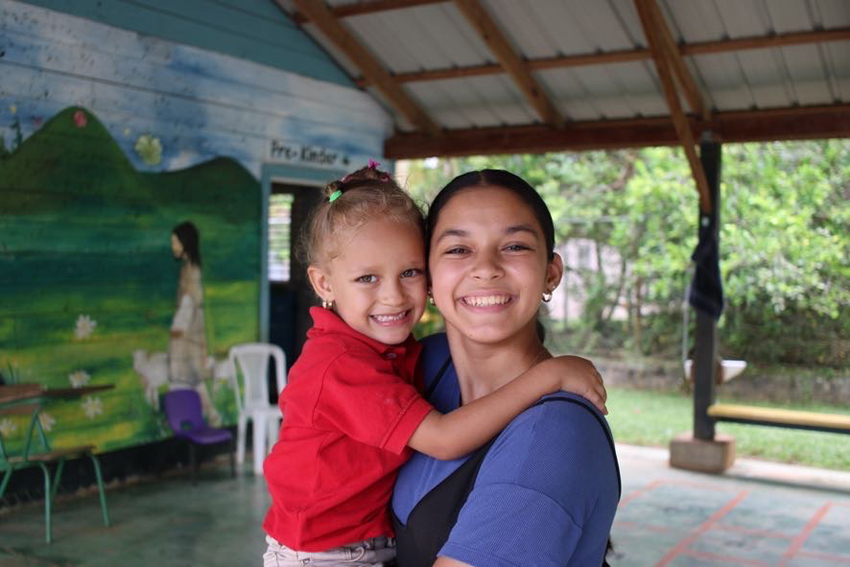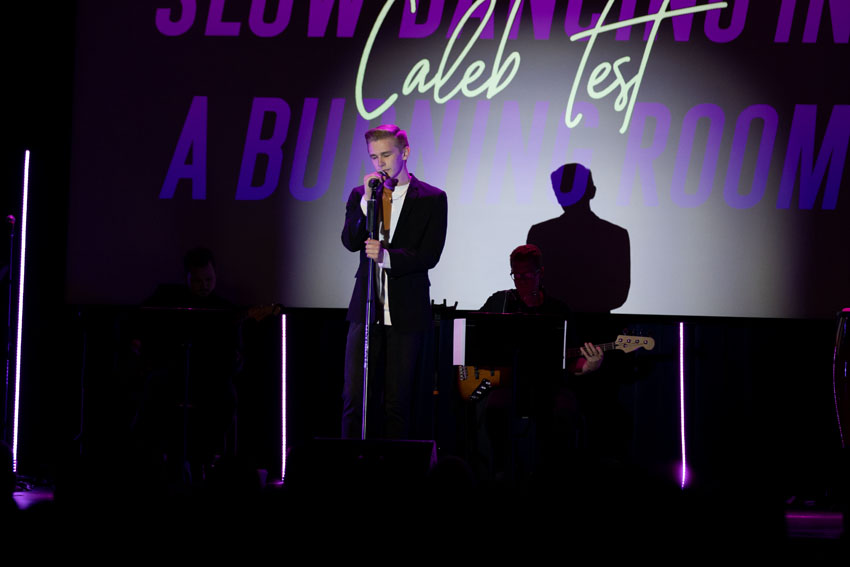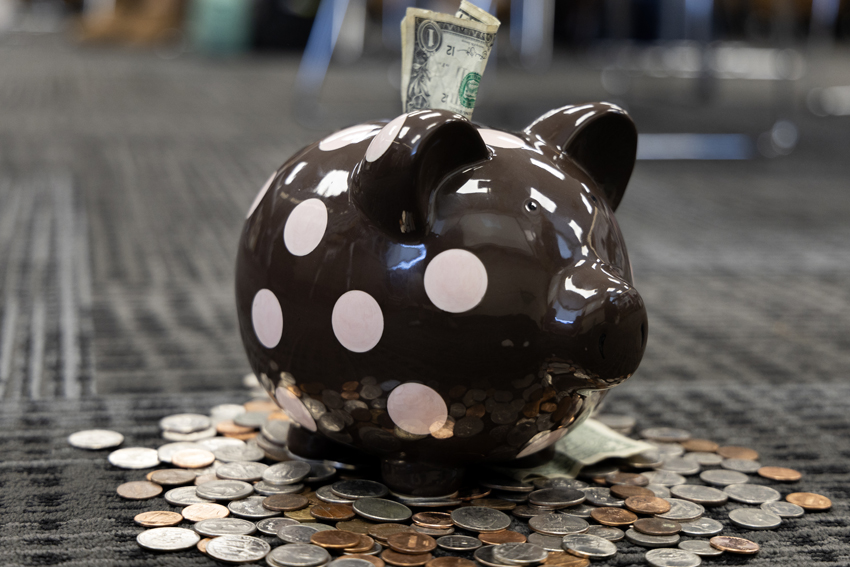[media-credit id=173 align=”alignright” width=”300″] [/media-credit]
[/media-credit]
The Feather would like to recognize the recent absence in rains throughout the Central Valley. A previous column on the drought within Fresno Country area was published last week, to promote better water conservation.
With the recent absences of rainfall in the Central Valley and throughout California, there has been a vast increase of awareness raised in the community. According to the City of Fresno our water levels have dropped to their lowest amounts.
Since the beginning of 1985, Fresno has drastically lowered its water levels, starting from 80 ft. to an estimated 130 ft. in 2010. Water levels are based upon depth, a level of zero means more water for the community. The deeper we go to find water sources via wells, increases the risk of calamities in our water sources.
While the information may appear morbid, looking at the smaller aspects of the Fresno water cycle will improve understanding on the topic. Not all of our water sources are considered drinkable because of the ocean contaminants; which means we either treat the water underground with the minimal amounts of time available or access available rainwater.
Less rain means less ways to efficiently produce drinkable water. Right now, 12% of Fresno?s water is drinkable for the community. The other 88% is considered groundwater, or not liable for consumption. People may blame the California budget for the minimal resources, including the water, but that is not the case.
The California budget summary for the year of 2014 has increased since 2012, from a deficit of negative $9 billion and has improved to a balance of $5 billion dollars. The money is not the problem, the resources are.
The community has been watching their water usage. Citizens of Fresno have been reducing their daily use of water since 2008, with an average of 306 gallons to 235 gallons. But there have been incentives put in place (i.e. fines levied).
These citations are put forth by the city, also known as ‘the water cops’, with the public as the informers. However these sources are not to be abused in terms of petty waterwork activities. For example if your neighbor is flooding his/her lawn in the middle of the day, it?s okay, even encouraged, to inform the police.
Despite the community’s best efforts, the plan is a work in progress without the heavy rainfall to sustain the valley.
The water plan of Fresno set in action for water relief, Recharge Fresno, has made a future proposition concerning our water sources. With the path the community is on now, in 2025 Fresno could reach an estimate of 53% treated drinkable water, 11% recycled water, and a 36% remaining ground water used.
Many students are unaware of the severity of the drought or doubtful that there are any ways to take action. Senior Breanna Jennings agrees with the efforts that have been made towards water saving.
“I didn’t realize water conserving was all that big of a deal. I mean, I see commercials on TV all the time advertising about saving our water,” Jennings said. “I think just taking some time during the day to be mindful of how much water we use could be helpful enough.”
These writers can be reached via Twitter: @rynnking_ and @_sarapeterson. Follow The Feather via Twitter: @thefeather.
For more features, read the Oct. 13 article, Featured App: Duolingo.






